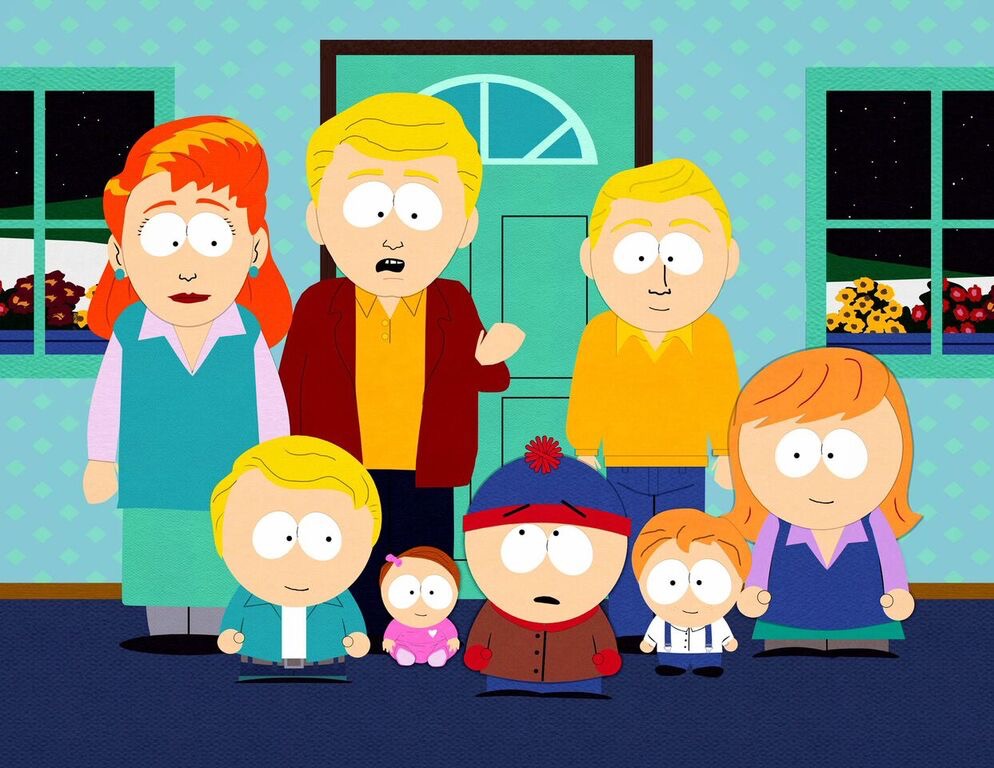Religion, comedy, and freedom of speech
Crossing the fine line between humourous and offensive content
Oliver Wendell Holmes once said, “The most stringent protection of free speech would not protect a man in falsely shouting fire in a theatre and causing a panic.” When this was said in 1919, it became a powerful argument against abusing freedom of speech in situations when one’s verbal expressions may lead to offenses, confrontations and plain danger. But what if someone had no harmful intentions with their statements? What if someone simply wished to amuse those who potentially shared his or her opinion or to ridicule popular stereotypes?
In popular comedy today, comedians often cross boundaries between socially acceptable forms of humour and downright offensive satire in their attempts to stir laughter. Religion is a particularly controversial subject, and often a taboo for some comedians. I stress “some” because certainly not all comedians feel this way. In a contemporary society where people of various religious beliefs share one community, the fine line between funny and offensive is very faint. Of course, humour is subjective. Every comedian somewhat abuses their right of free speech when addressing religion. This is simply because not everyone will laugh at remarks regarding pedophilia accusations in the Christian Church, appreciate the stereotype regarding the mercenary Jewish population, or agree with those who mock Buddhists for their supposed passivity. Yet it seems that in contemporary media, comedians direct their satire towards actual people’s use of religious traditions, as opposed to religion as a doctrine. This is where comedy and religion may be interpreted in a less antagonistic light, because by ridiculing the ways in which people interpret religion, comedians actually expose profound problems in our diverse society.
In a Buddhist, a Christian, and an Atheist Walk into a Classroom: Pedagogical Reflections on Religion and Humor, Ken Derry discusses the learning values of approaching religious studies from a less rigorous and more humorous view point. His intention is to inspire students to familiarize themselves with the subject matter. Derry identifies Marc Maron, Woody Allen and the team behind South Park as prominent comedians who effectively combine humor and religious practices in order to “teach” us about Catholicism, Judaism and the Neo-American Church. However, South Park, the popular animated television series, spur many controversies in their critical depictions of religion.
Although the show is rated 15+ on television, its animated form attracts younger audiences. The harsh satire presented may not be entirely appropriate for adolescent viewers. On the other hand, the creators of South Park warn us at the beginning of every episode that the content displayed in the series is pure fiction and any similarities with the animated characters is entirely coincidental. So why did many viewers still find it utterly offensive when they saw a “bloody Mary” in season 9, or the silly Mormon family in season 7? What about the outrage that resulted from Eric Cartman’s constant anti-semitic remarks towards Kyle? South Park is known for its apparent comedic features, such as the “dumb, dumb, dumb” and “smart, smart, smart”chorus that accompanies Joseph Smith’s founding of the Golden Plates in the Mormon episode. But it is also recognized for its ability to intertwine these religious quips with serious issues. For example, the “Bloody Mary” episode combined the serious issue of driving under the influence with a perverse miracle of a bleeding Catholic statue.

One may argue that Smith’s humorous story serves to educate audiences about the natureand founding of the Mormon religion, just like Derry suggests comedy in religion should. Yet those familiar with Mormonism claim that the episode was too vague and portrayed the Mormon family as religious fanatics. However, the episode does give audiences a brief account of what Mormonism is. More importantly, it provides insight as to how intolerant contemporary communities are to smaller religious groups, since Stan was initially hostile towards the new Mormon kid. The “Bloody Mary” episode, however, is hardly considered simply “funny.”Although the episode can be interpreted as an insinuation towards Catholicism’s preoccupation with purity and virginity, the content itself is disturbing even to those who do not adhere to the Christian faith.
There is a clear difference between the two in the sense that the “All About Mormons”episode relied on common stereotypes of their excessively conservative family values. This episode also focused on the misinterpretations of the Bible and vagueness of the Book of Mormons. Of course, not everyone agrees with these stereotypes, yet they do exist. The episode plays around with them, thus exposing society’s prejudices against smaller communities. The “Bloody Mary” episode, on the contrary, relies on a single trope of“purity” in Catholicism and creates a whole new narrative in an attempt to satirize the entire concept of divinity. More than “divinity” itself, South Park caricatures blind fascination and abuse of religious doctrines. In “Trapped in the Closet,” for example, Stan pays a great amount to receive confirmation about his inherent depression from the Church of Scientology. But does that make it okay for people to laugh? Perhaps the success of South Park is due to the fact that it is an animated television series, so people feel more comfortable laughing at parodied characters in animated fiction exposing the limitations of religious values. This seems more favorable, for example, than actual politicians joking around at public meetings.
The case of religious satire in South Park goes back to Oliver Wendell Holmes’ quote. It would seem that there is not only a time and place for exercising non-conformist, albeit humorous, religious ridicules. But there is also a medium that avoids the clash between free speech and personal offense.
